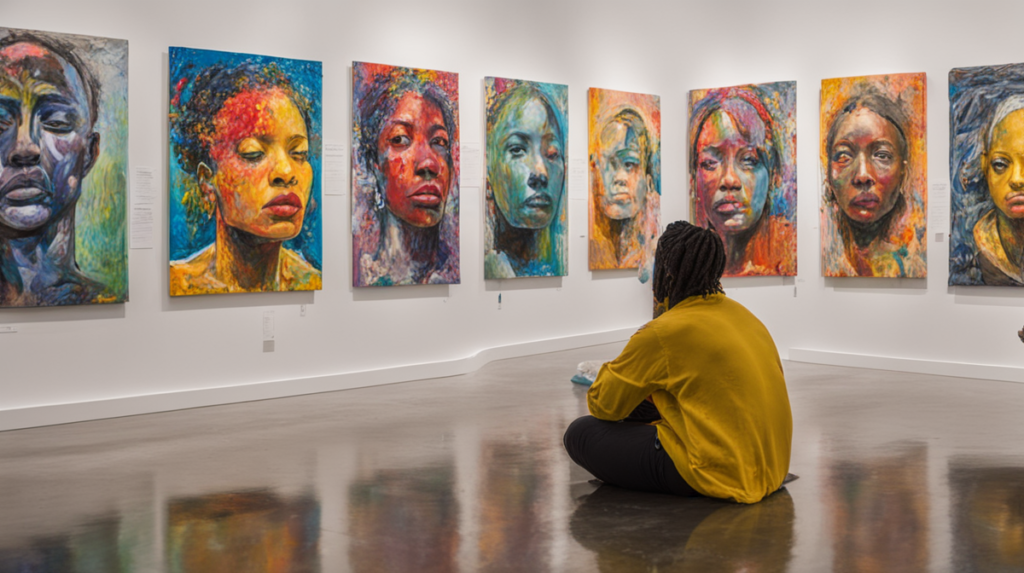Art has always been a powerful tool for conveying messages, stirring emotions, and sparking conversations. But beyond aesthetics, art can be a formidable catalyst for change—specifically, social change. This article explores how we can harness art to promote advocacy and instigate positive transformations within our society. It also offers practical tips on leveraging creativity for social impact.
The Power of Art in Advocacy
Art possesses a unique ability to transcend barriers, traverse cultures, and touch hearts. It’s not just about creating visually appealing pieces, but about fostering more profound understanding, provoking thought, and encouraging dialogue about pressing societal issues. Whether through painting, sculpture, photography, film, or performance arts, artists provide us with a vivid portrait of the world, both in its harrowing flaws and beautiful potential.
Art and Health Promotion: A Syncopated Symphony
Health is a recurring theme in art. Whether it’s a visual representation of the struggles with mental health, an exploration of physical health, or an exposition of the societal factors influencing health outcomes, art can be a powerful medium for health promotion. By illustrating health issues from various perspectives, art encourages public engagement, raises awareness, and empowers communities to take part in health advocacy.
Practical Tips: Stirring Advocacy through Creativity
But how can one utilize art as a tool for social change? Here are some practical tips:
- Channel Your Passion: Identify a cause you are genuinely passionate about. This passion provides fuel for your creativity and the sincerity needed to connect deeply with your audience.
- Be Informed: Study the issue profoundly. Understand the complexities, implications, and the different viewpoints. An informed artist is a compelling advocate.
- Tell Stories: Convey real stories. Humanize statistics by putting faces to numbers. It’s the personal narratives that hit home and make the issue relatable for others.
- Collaborate: Seek collaborations with relevant organizations. Together, you can amplify your voice and reach a broader audience.
- Engage Your Audience: Encourage your audience to take action. Provide clear, actionable steps they can take to contribute to the cause.
Controversy and Balance: Art as Double-Edged Sword
Art, especially when employed as a tool for social advocacy, can stir debate. Differing perspectives on the interpretation and acceptability of art could ignite controversy. However, controversy often fuels conversation, so it can also be seen as an asset that sparks thought and incites dialogue around the issues being highlighted.
Art for Social Change: An Unending Journey
Art is instrumental in propelling social change. But, remember that advocacy is a continuous journey. Stay engaged, keep creating, and remember that every piece of art can make a difference. With advocacy through creativity, our societal canvas could become a masterpiece of positive change.

